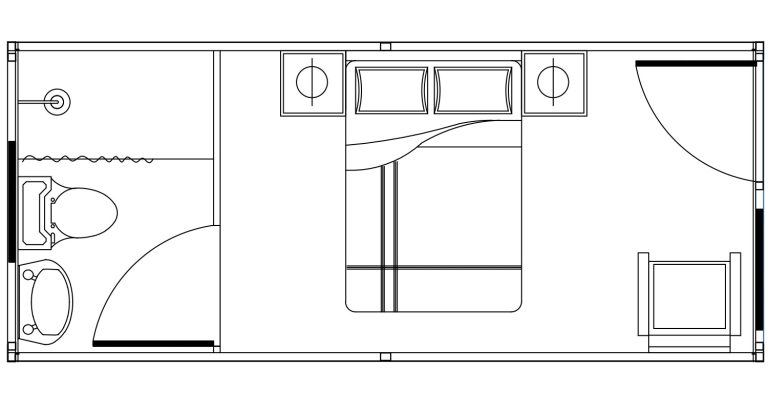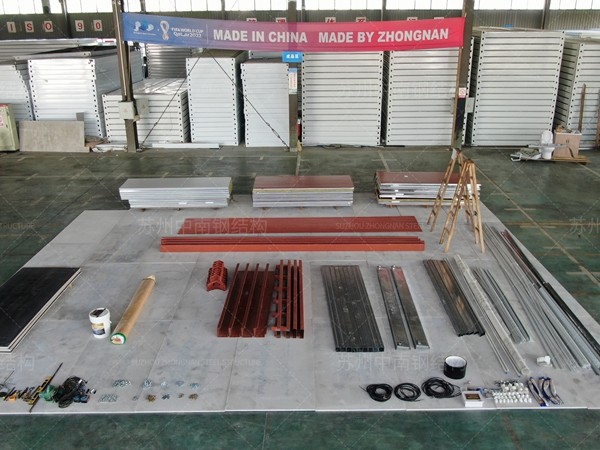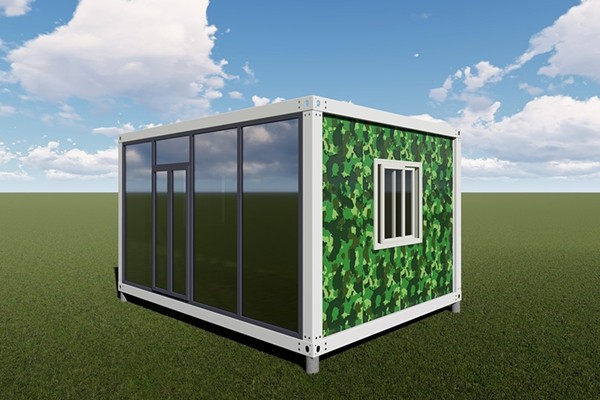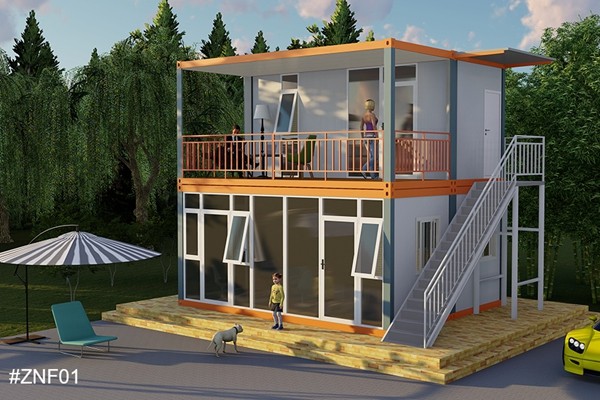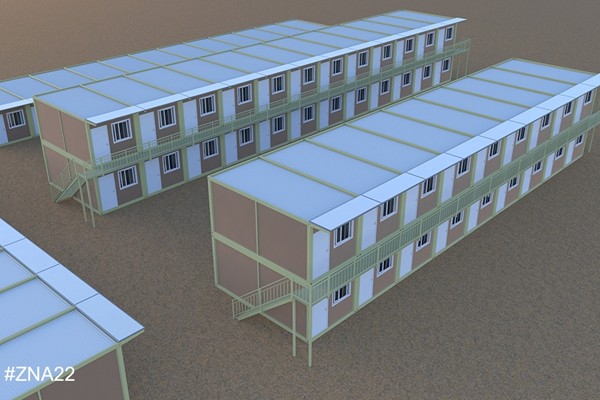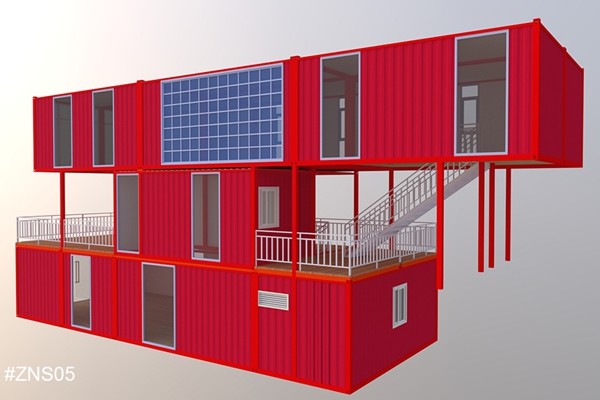prefab home total cost
Prefab homes, short for prefabricated homes, have revolutionized the housing market by offering an innovative and cost-effective solution for modern living. The total cost of purchasing and assembling a prefab home varies significantly based on several factors such as design, size, material, and location. This comprehensive analysis aims to provide insights into how these factors influence the overall expense, ensuring potential homeowners are well-informed as they venture into the world of prefab living.
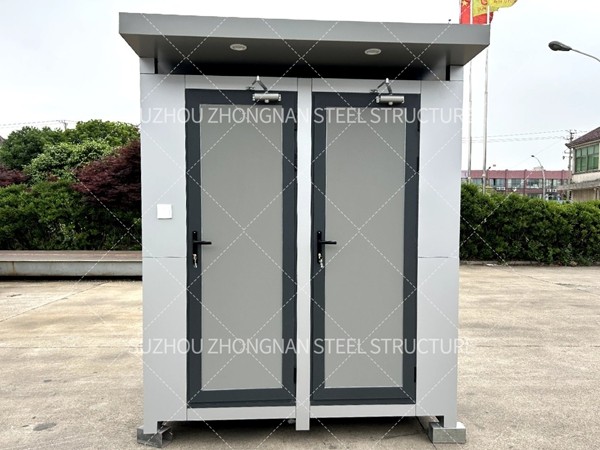
Firstly, design intricacies and choices play a pivotal role in determining the total cost of a prefab home. Unlike traditional homes, prefab homes offer a range of standardized design templates that can be customized slightly to suit specific preferences. Basic models can start as low as $50,000, but more intricate designs that incorporate eco-friendly materials or high-end finishes can elevate the price substantially, often reaching $200,000 or more. Customizable features, such as solar panels, smart home technology, and premium flooring, add to the final tally, aligning the home’s capabilities with the homeowner's lifestyle demands.
In terms of size, the square footage is a direct determinant of the prefab home cost. Smaller homes, such as tiny homes under 400 square feet, have emerged as a popular choice due to their affordability and efficiency, with costs frequently ranging from $30,000 to $60,000. Larger prefab homes, offering spacious living areas across multiple levels, incur higher costs due to additional materials and assembly requirements, with prices hovering around $200 to $400 per square foot. Homeowners should prioritize their space needs and budget accordingly, as size directly impacts both upfront costs and future energy expenditures.
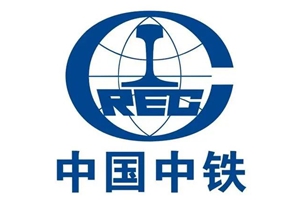
Material selection is another crucial factor influencing the total cost of prefab homes. Basic models often incorporate cost-effective materials like steel and concrete, which are not only durable but also minimize expense. However, opting for sustainable options such as bamboo or recycled wood can raise the cost slightly, though they appeal to environmentally-conscious buyers. Advanced insulation materials and energy-efficient windows may further add to the initial outlay but promise long-term savings by reducing heating and cooling expenses.prefab home total cost
Location serves as a strategic factor not only in terms of geographic setting but also concerning logistics and transportation. The farther a prefab home must be transported, the higher the shipping costs, especially if oversized or heavy components require specialized transport. Furthermore, local building codes and zoning laws can impose additional fees or restrictions that affect the total cost. Prospective buyers should conduct thorough research on regulations specific to their locality to avoid unforeseen expenditures.
In addition to the primary construction costs, additional expenses such as land purchase, site preparation, and utility hookups need careful consideration. Often overlooked, these can significantly increase the overall investment. Land prices vary widely based on proximity to urban centers and available infrastructure. Site preparation might include grading, laying a foundation, or dealing with difficult terrain, each adding to the expense. Meanwhile, connecting utilities such as water, electricity, and sewage links are essential for functional habitation, with costs depending on local service providers and distance from main lines.
Lastly, while prefab homes are marketed as cost-effective, buyers should remain vigilant about hidden costs. Warranties, insurance, and taxes are essential components of responsible homeownership and should be factored into the total investment. Engaging with reputable manufacturers and builders who provide transparent pricing and robust after-sales support can help mitigate unexpected expenses and ensure a smooth transition into prefab living.
Prefab homes offer a modern, flexible, and often more affordable alternative to traditional housing. By understanding the various factors that influence the total cost, prospective homeowners can optimize their investment to align with personal preferences and financial capacity. Ultimately, the choice of a prefab home should marry aesthetics, functionality, sustainability, and budgetary considerations, paving the way for a harmonious and future-ready habitat.

